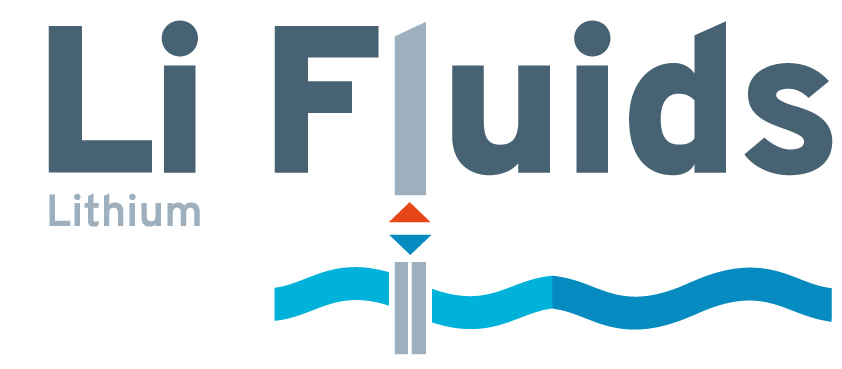No energy or mobility transition without lithium: around 10 kg of lithium is needed just to produce a single battery for an electric car.
The tri-border region of Bolivia, Chile and Argentina has a clear oligopoly with an estimated 70 per cent of the world's lithium deposits. Even bilateral agreements for exclusive access to the sought-after resource, as in the case of the joint venture between German and Bolivian organisations, can be surprisingly overturned depending on the political orientation. These geopolitical dependencies are the main reason why Germany is looking for sources and ways to extract strategic metals such as lithium domestically. The extraction of lithium from geothermal fluids is one example of this.
Goal
The aim of the Li-Fluids project was therefore to produce a comprehensive study of the potential for extracting lithium from thermal water in Germany under both geological and process engineering conditions. Our study should contribute to the development of a secondary raw material strategy and be a decision-making aid in the planning of geothermal sites with energy and additional raw material extraction. The project focussed on the geological-mineralogical evaluation of useful horizons and is intended to form a basis for the selection of possible sites for lithium extraction. In addition, a fundamental sustainability analysis of lithium production at the investigated sites was carried out. Finally, we analysed the results of the study in a utility value analysis. This is the only way to assess domestic deposits from a geological, technical, ecological and economic perspective.
A key finding of the study is that there is sufficient lithium in the geological subsurface of the North German and Thuringian basins. The estimated capacity across all target horizons is 4.73 million tonnes with a possible range of 0.39 to 26.51 million tonnes of lithium (metal) and could be sufficient for decades. The most promising resources are located in the Permian deposits at the southern and eastern edges of the basin, but these are mostly associated with low permeabilities, so decoupling lithium production from geothermal energy generation could become necessary and require new development concepts. However, there are also locally favourable hydraulic conditions that could enable a combination of geothermal energy and lithium production. These local deposits will be the focus of our work next year.
